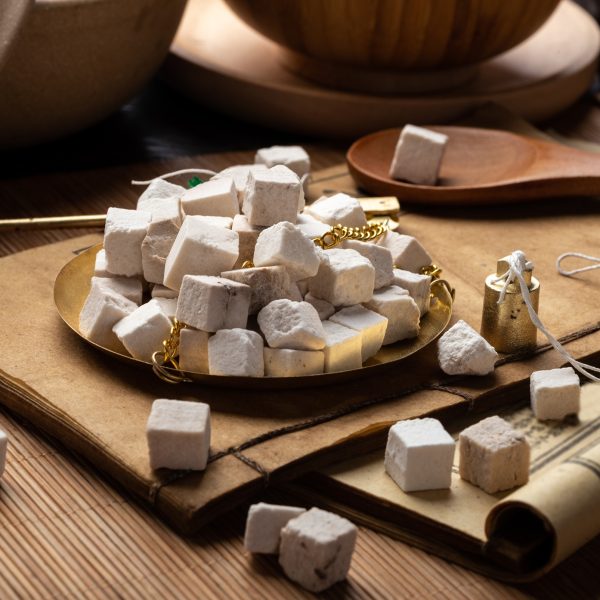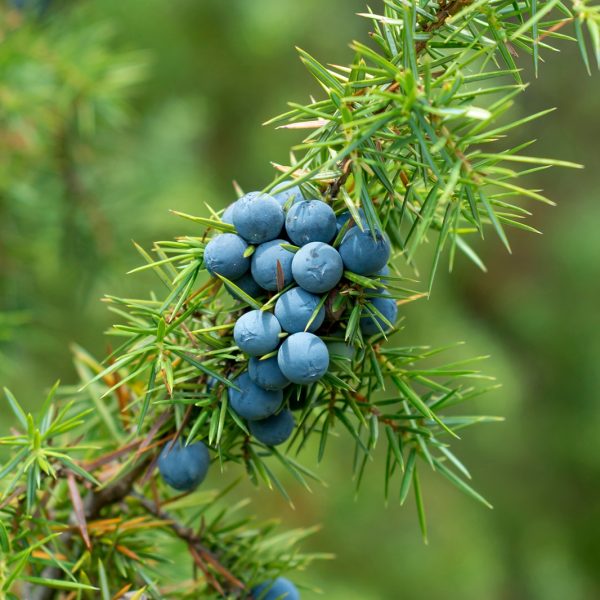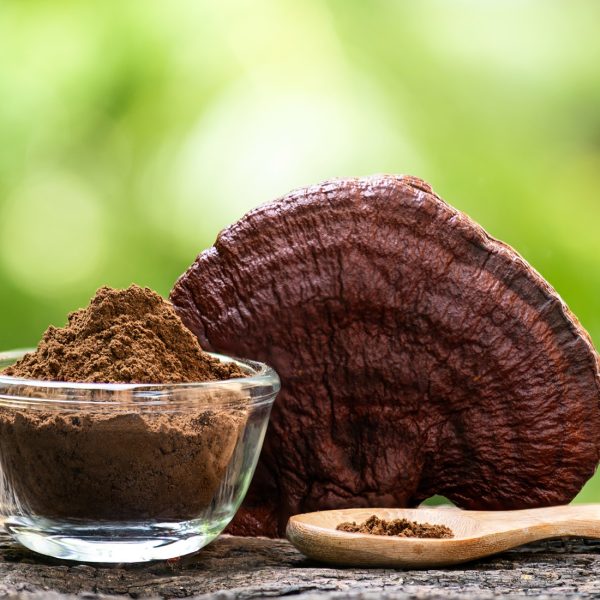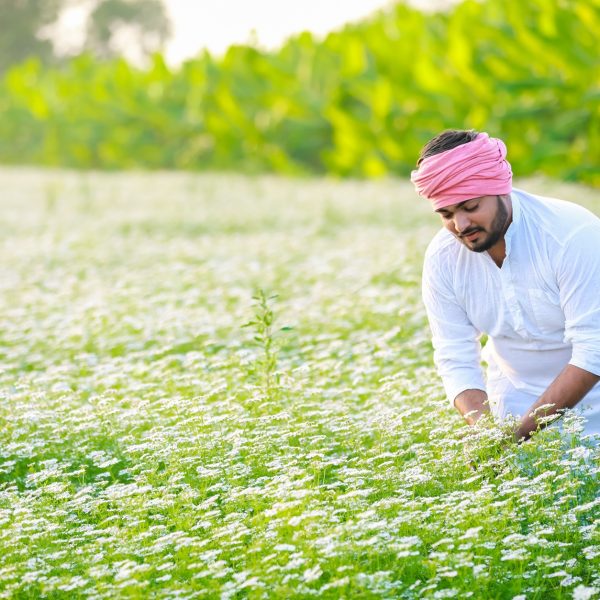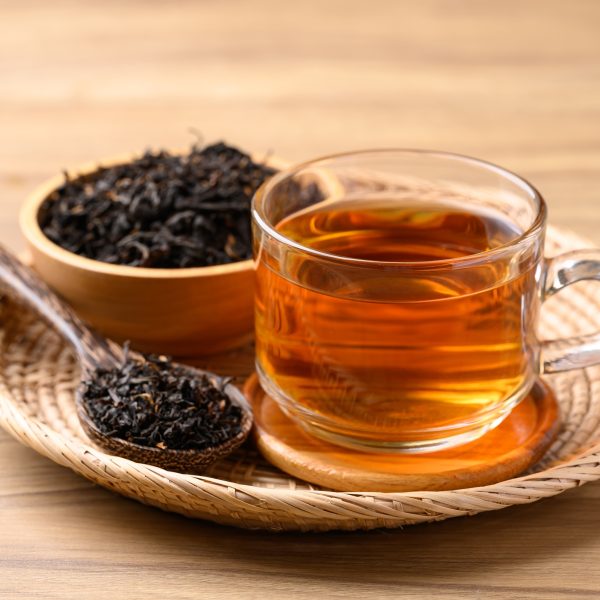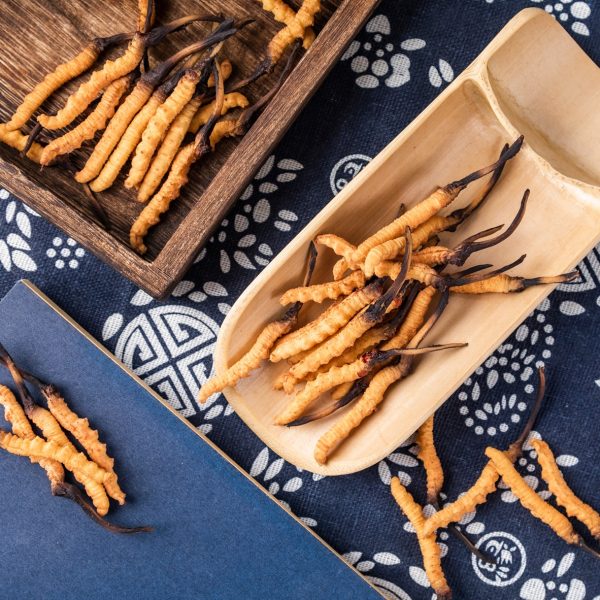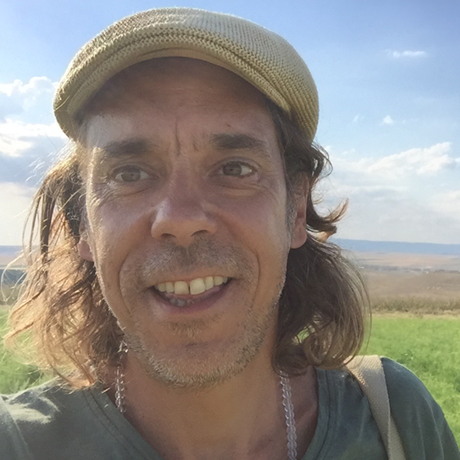The seasonal change that takes place moving from the heat of summer to the coolness of Autumn can aggravate chronic conditions such as arthritis that may have remained dormant during the summer months.
A brief history of arthritis in Ayurveda

The Ayurvedic cannon details very specific treatments for bone and joint diseases. The earliest texts of Charaka Samhita (150BCE-100CE) and Sushruta Samhita (50-500CE) detail various symptoms associated with joint pain as part of other diseases involving fever (jwara) and neurological vata disorders (vatavyadhi). Vaghabata in his Ashtanga Hridaya Samhita (600CE) mentions a disease named vatashonita meaning ‘vata in the blood’ which is associated with intense joint pain and has symptoms similar to gout. Madhava Nidana (c650-950) in his classic on pathology is the first to mention amavata as a disease in its own right. Amavata literally means ‘toxic vata’ and is commonly associated with Rheumatoid Arthritis.
Ama is a term used to describe all unmetabolised wastes that have cold, heavy, wet and sticky qualities infamous for obstructing the channels and causing degeneration of health. Vata relates to the functional principle in the body associated with all movement and is associated with the qualities of cold, dry, lightness and irregularity. Vata is also associated with the experience of pain so commonly felt in bone and joint diseases.
Causes of disease in bone, joint and connective tissue problems
- Low digestive fire leading to creating of toxins (mandagni, ama)
- Vata aggravating diet and lifestyle (vatakara ahara vihara)
- Malnutrition including nutrient deficiency and wasting of the tissues (dhatu kshaya)
- Incompatible foods; milk and fruit, milk and fish, meat and dairy
- Inappropriate diet: stale foods, cold foods, constitutionally inappropriate foods, processed foods, fermented foods.
- Excessive exercise (Ati vyayama)
- Deficient exercise (Kashaya vyayama)
- Injury
- Hormonal disorders
- Hereditary causes (sahaja vikritis)

The basic pathogenesis of bone related diseases is due to the intimate connection between vata and the bones. There is an inherent link between the main site of vata in the colon and the bones. The colon is responsible for the uptake of many types of minerals that nourish the bones. This is the link to their natural qualitative relationship as both vata dosha and the bones are high in the air element. This means that a healthy vata directly nourishes the bones. The other association is that from the colon excess ‘wind’ and ‘toxic gases’ can be expelled, whilst important minerals are absorbed, ensuring that an excessive accumulation of vata does not occur.
If the digestive fire is low then vata will be aggravated in the colon. This will lead to a dual problem. Firstly, there will be reduced assimilation of these precious mineral nutrients intended to nourish the bones, hence leading to a deficiency. Secondly there will be an increased accumulation of toxic wastes (ama) leading to an excess. These toxins will be carried by vata to the connective tissue, joints and bones where the ensuing congestion will lead to the multiferous forms of ‘arthritic’ diseases. These ama toxins have a watery, sticky and mucoid like nature and hence have an affinity for similar kapha-like tissues in the body; hence the attraction to the protective linings of the connective tissue and synovial fluid covering the joints. Vata is the mover and ama is the obscurer. The joints then become involved which can result in pain and deformity.
Doshic imbalances
Whilst the main dosha involved with bone and joint disorders is usually vata the other doshas may also be involved. Some general signs and symptoms of bone and joint diseases are:
- Vata: Thin body and bones, fragile, bones breaking easily, rough and dry skin, cavities, rough, severe pain, migrating pain, loose joints.
- Pitta: Inflammation, red hot joints, sharp pain, fever, infective disorders.
- Kapha: Excess and large bones/teeth/hair, stiffness, itching, pitting oedema over joint, less pain, thickening skin, osteo-tumours, heaviness, hirsutism.
It is said that when one dosha is involved the disease is curable, if two dosha are involved the disease can be managed and if all three dosha are involved then it is incurable.
Ayurveda has a time tested ability to differentiate the causative factors, the pathogenesis and the diversification of the different forms of every disease. This allows for remarkably precise and accurate treatments that are individualised to suit every patient, which is why we recommend seeing a herbalist rather than simply buying an over-the-counter product.

Rheumatoid arthritis is a chronic condition involving loss of mobility and enduring pain of the joints with some swelling of the synovial joints. It has similarities to many arthritic diseases with specific clinical features associated with Rheumatoid Arthritis (RA).
Arthritis is the generic name for a number of diseases involving inflammation of the tissue surrounding one or any number of joints with pain, redness, warmth, pain and restricted motion. Such conditions may include rheumatoid, osteo, psoriatic, gout, ankylosing spondylitis and tuberculosis.
RA is a chronic inflammatory disease which typically affects the synovial membrane involving the peripheral joints of the joints of the fingers, wrists, feet and ankles and later the hips, knees and shoulders. The symptoms manifest between exacerbation and remission and are three times more likely to occur in women than in men. RA is diagnosed by a blood test indicating the presence of rheumatoid factor. It is also diagnosed by X-rays revealing rheumatoid erosions around the joints. The exact causative factors of RA are not known by are thought to involve some form of autoimmune condition or some infective pathogen. It affects 1-3% of the population and peaks between 30-50 years of age.
Arthritic diseases are usually treated with pharmaceutical medication that may have associated side-effects; Non-Steroidal Anti-Inflammatory Drugs (NSAIDs), steroidal anti-inflammatories (corticosteroids), immunosuppressive drugs (methotrexate, cyclosporine) and remittive drugs (penacillamine). Whilst these drugs may offer symptomatic relief they have been associated with hepatotoxicity, kidney damage and immunodeficiency.
Whilst there are obvious similarities, amavata cannot be directly linked with arthritis as it has a distinct pathology and treatment strategy with different objectives to those sought by allopathic mediciation. It involves the diagnosis of the three dosha and the treatment of them along with the tissues, channels and digestive fire. The objective is to treat the root causative factor as well as the symptoms.
Arthritis causes according to Ayurveda (hetu)

Weak digestive fire, sedentary lifestyle, heavy oily food, no exercise or exercising directly after eating heavy food can all make people more susceptible to the onset of arthritis. People of a vata/kapha constitution become susceptible to this condition due to the extreme opposites of qualities. This constitutional combination can be like two people living in one body, always contradicting oneself…I should, shouldn’t etc.
The seasonal change that takes place moving from the heat of summer to the coolness of Autumn can aggravate chronic conditions that may have remained dormant during the summer months where heat and dryness kept them under control. Arthritis is a condition that often manifests in the autumn season as it is aggravated primarily by an excess of vata that builds up in this season.
Arthritis pathology according to Ayurveda (samprapti)
Toxins are produced from the causative activities associated with vata and are carried quickly to seats of kapha (joints) and fill the channels with a waxy toxic material (ama) which has similar qualities to kapha. Joints are a primary site of kapha. This produces weakness of body, heaviness of heart, affects the joints (comprising of synovial fluid) of waist, neck and shoulder, stiffness and is itself a cause of many diseases.
Arthritis premonitory signs according to Ayurveda (purvarupa)
Low grade fever, reduced appetite, increased thirst, lethargy, alternate feelings of heaviness and hollowness (kapha/vata). Symptoms can be reversed at this early stage by correcting digestion and with simple Ayurvedic treatments such as steaming and oil massage.
Arthritis signs according to Ayurveda (rupa)
Stiffness, pain, inflammation, excess saliva, coated tongue, lack of enthusiasm, thirst, bloating, insomnia, fainting, and constipation. At this stage stronger treatment such as cleansing the system and herbs are required.
Arthritis treatment according to Ayurveda (chikitsa)
Ayurvedic treatment methods for arthritis
- Support digestion
- Remove toxic ama
- Rejuvenate the whole system and repar damage

The first line of treatment should be ‘lightening’ therapy involving strengthening the digestion whilst initiating cleansing treatments. Enkindle digestion with spices such as ginger, asafoetida and trikatu. Once digestion is working well and toxins (ama) have been removed through appropriate diet and herbs you move to a rejuvenation treatment to restore vitality (ojas). Diet should be light and warming with lots of digestive spices. Including some high quality essential fatty acids and oils is important. It is worth avoiding foods with the same sticky-clogging-inflammatory nature of amavata; dairy, gluten, flour, sugar, greasy foods and rich meats such as pork. Some people benefit from avoid members of the Solanaceae family (potatoes, aubergines, peppers) as well as other potential irritants such as peanuts, soya and corn.
Recommended herbs are guggul, ginger, celery seed, castor oil, haritaki, boswellia, gotu kola, turmeric, ashwagandha and sariva. Triphala powder at night to clear ama from the colon is also beneficial. Warming and invigorating oils, such as mahanaryan oil and castor oil packs, help to remove congestion and gentle exercise and yoga are recommended but avoid strenuous exercise such as jogging or weights.

